Introduction to the flavor characteristics of Ecuadorian coffee producing areas? Ecuador coffee bean variety classification?
Professional coffee knowledge exchange more coffee bean information please follow the coffee workshop (Wechat official account cafe_style)
Ecuador is one of the few countries in South America that produces both Arabica and robusta coffee. Ecuador, located between Colombia and Peru in South America, has a long history of coffee cultivation.
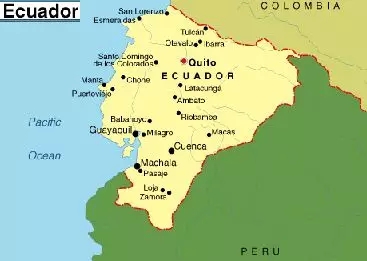
Coffee was introduced in Ecuador in the early 19th century and was still one of Ecuador's largest export crops in the 1970s.
In the 1980s, as the amount of land planted began to decline, so did production. Since 1997, it has been greatly reduced, and now only 1% of coffee comes from Ecuador.
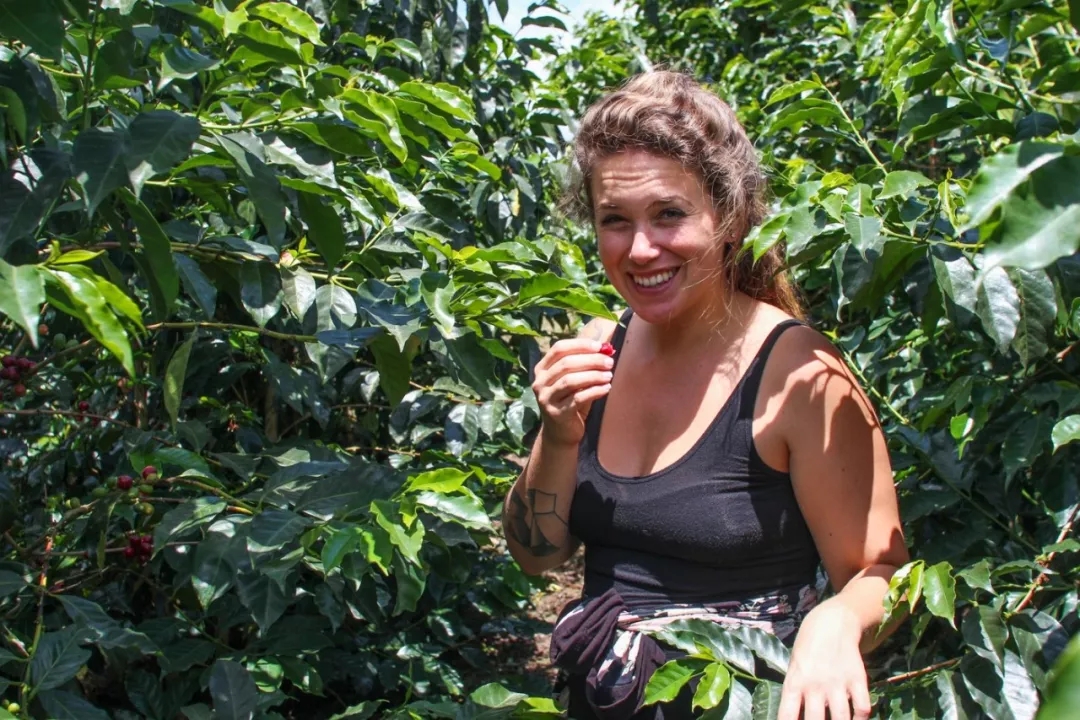
In recent years, thanks to new professional practices and the efforts of local farmers and roasters, the Ecuadorian coffee industry has taken off again.
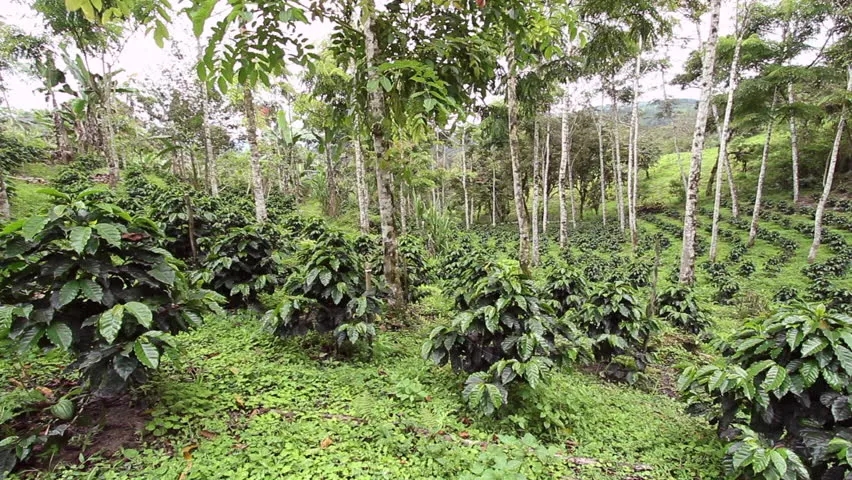
Ecuador's most famous Galapagos Islands Galapagos Island, home to Darwin's original species of giant turtles, is designated by UNESCO as a "cultural and natural heritage of mankind", so the use of fertilizers, herbicides, pesticides and other chemicals is strictly prohibited, coupled with the fact that there is a dense fog on the island that few outsiders enter all the year round, navigators call it Alcatraz.
| | production area |
In fact, the planting area of coffee plantations in Ecuador is generally small, with about 80% of coffee farmers planting less than 5 hectares, 13 percent between 5 and 10 hectares, and more than 10 hectares accounting for only 7 percent. According to statistics, 20% of the land in coffee plantations is illegally occupied out of an area of about 300000 hectares in the country.
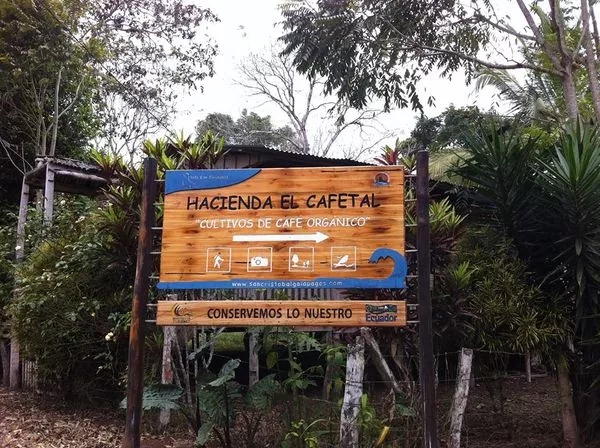
● Intag Valley
The foothills of the western Andes south of Guayaquil and the hills along the coast of Manabi province are famous for growing Arabica coffee beans with a perfect balance of acidity, sweetness and bitterness.
● Pichincha province
Located in the northwest of Ecuador, mainly grows robusta coffee beans.
● Loha area
Loha region is located in southern Ecuador, close to the Andes Mountains, is one of the highest coffee-growing areas in the world, 1450-2000 meters above sea level, is also an important coffee export city in the country. The varieties of coffee beans are iron pickup, which are treated by washing, and are mainly planted in natural shade. The local high altitude, climate change and soil quality are very suitable for coffee growth, and there are many excellent planting conditions for growing coffee.
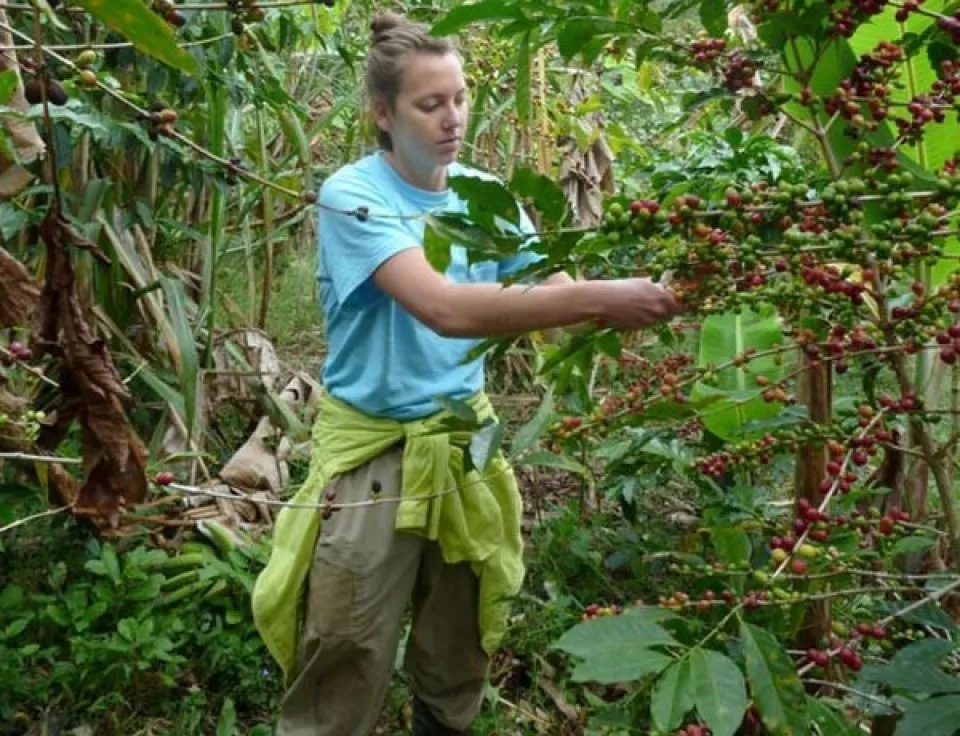
● Galapagos Islands
The waters of Ecuador in South America, directly below the equator, are a mysterious and fascinating group of islands that inhabit the Galapagos islands, many of which are inherent here, sworn by UNESCO as the "cultural and natural heritage of mankind".
Therefore, the law strictly prohibits the import or use of fertilizers, herbicides, pesticides or all other chemicals.
| | handling method |
Ecuador's coffee is mainly treated by water washing, which can produce coffee with a cleaner taste.
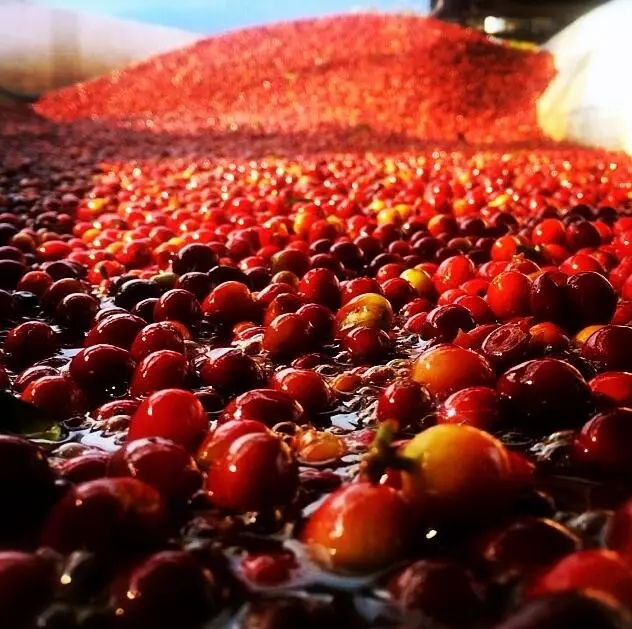
Selecting → to remove pulp → fermenting → washing → drying → shelling
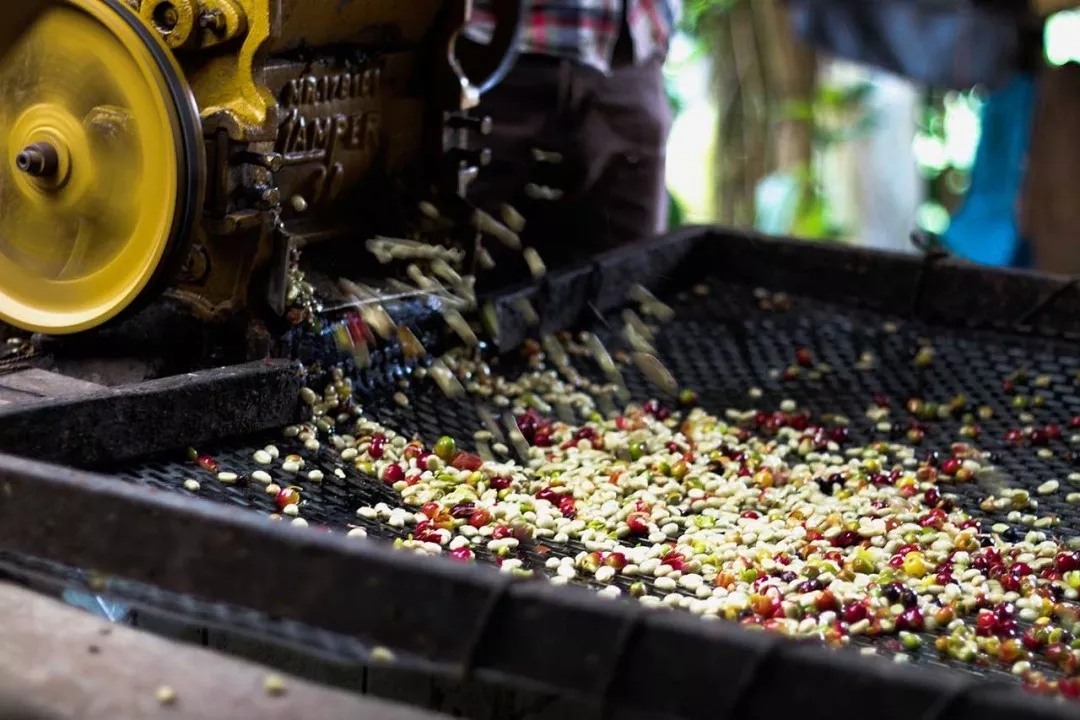
First, add a lot of water to the coffee cherry, rinse away the immature fruits and impurities floating on the surface, select beans, and then use a peeling machine to remove the peel and pulp. Then put it into the fermentation tank to ferment for 18 hours for 36 hours, make the fermentation bacteria dissolve the pectin on the surface of coffee cherries, wash it with clean water, dry it for 1-3 weeks, then dry it with a machine, and use a sheller to remove endocarp, peel, seed shell and silver film, which is quite cumbersome.
| Coffee type
There are two varieties of Ecuadorian coffee beans: Galapagos and Gigante, both of which have the characteristics of large granules and heavy weight. But the coffee varieties grown in Ecuador are mainly bourbon.
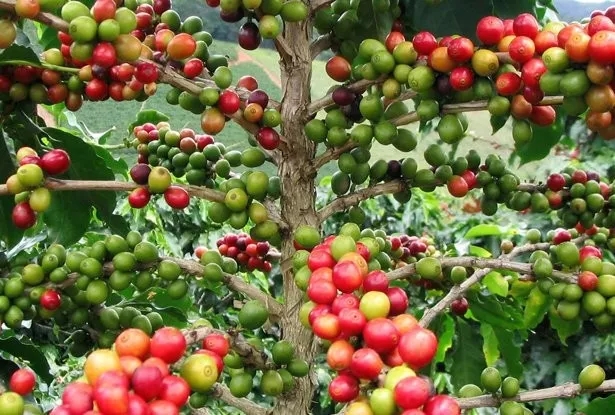
Bourbon, like tin pickup, is an older breed of coffee.
Bourbon (Bourbon)
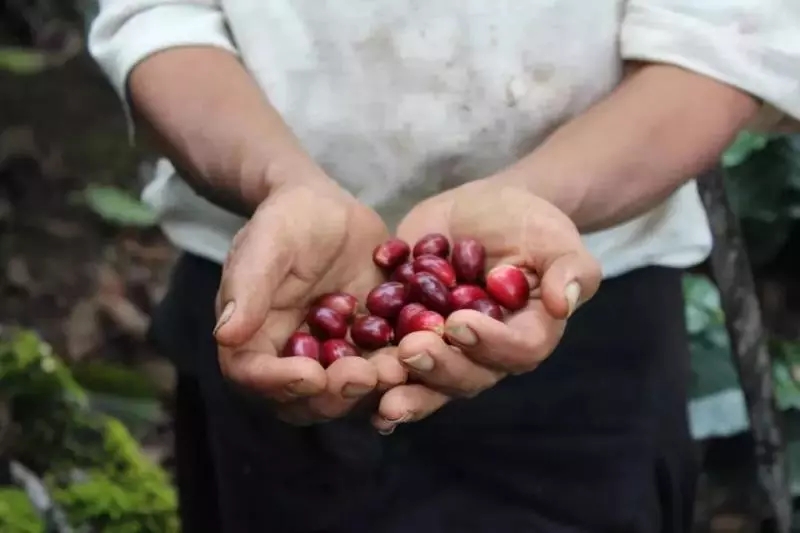
After the early (prehistoric coffee) iron pickup was transplanted to Yemen, the bean shape changed from thin and pointed to round. It was named bourbon in 1715 after France transplanted round beans from Yemeni mocha to the island of Bourbon on the east coast of Africa (renamed Reunion after the French Revolution).
Bourbon beans spread to Brazil and Central and South America in 1727, and the British transplanted Yemeni mochas to St. Helena Island (where Napoleon was later imprisoned) in 1732. Bourbon is the winner of the American boutique coffee cup test.
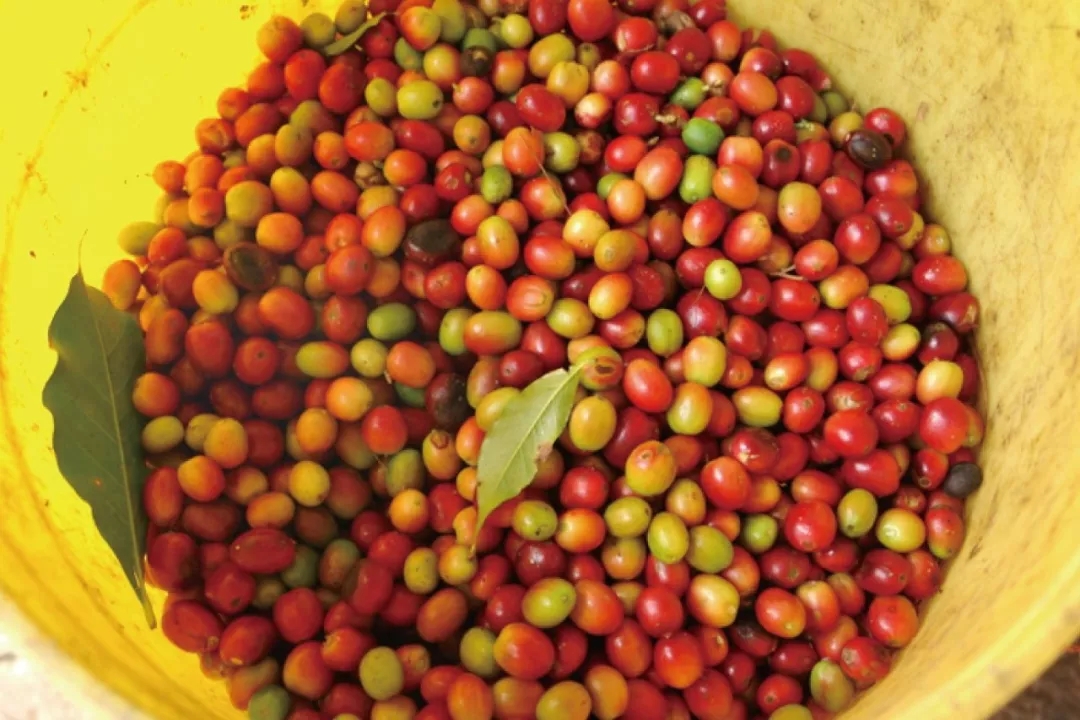
Ecuadorian coffee can be divided into first class (No.1) and super excellent (ExtraSuperior) according to its quality.
| | transaction system |
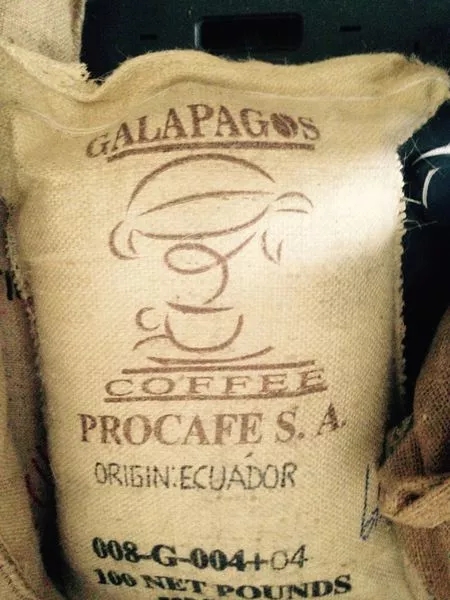
The sale of coffee in Ecuador is very special, mainly from domestic buyers to small farmers to negotiate purchases. These middlemen take great pains to rush from village to village to visit farmers one by one and negotiate prices. After negotiation, the coffee is transported to a small number of coffee factories for processing, and then transferred to foreign distributors or processors.
| | Golden Cup Taza Dorada |
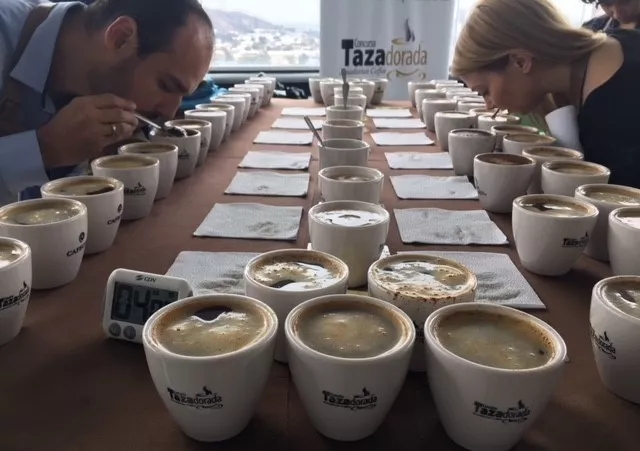
The Golden Cup Competition (Taza Dorada) is hosted annually by the Ecuadorian Coffee Export Association (ANECAFE). It is a bit like the annual COE Cup Competition in Ecuador, but the sales of raw beans still have to find buyers separately, and there is no online international bidding system.
| challenges facing Ecuador
Selective harvest difficulty
As the country is located at the equator, coffee needs to be harvested all the year round.
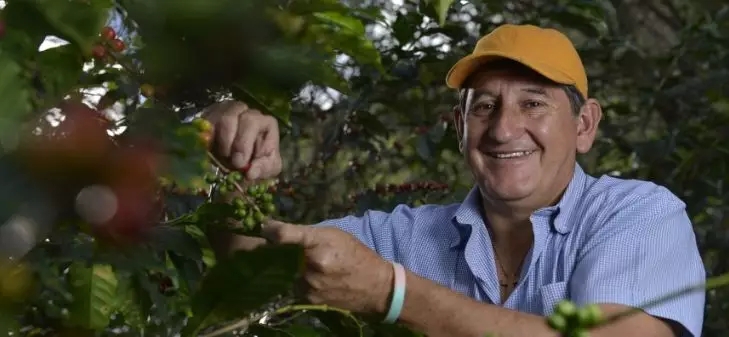
The country's altitude ranges from sea level to more than 2000 metres-wide differences in topography and climate, coupled with specific challenges combined with its position on the equator, provide a unique but not impossible challenge. A branch usually includes all stages of the coffee cycle: unripe coffee cherries, ripe coffee cherries, and side-by-side coffee blossoms. This forces a farmer to constantly pick coffee and process it to get enough exports, resulting in higher labor costs due to extended picking cycles.
climate change
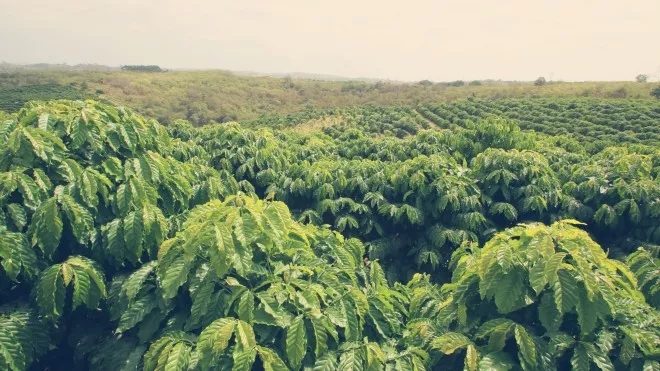
Ecuador is prone to such subtle changes, and minor climate changes can have a huge impact on farmland, whether due to elevation and the equator, or to the jungles in the east and the oceans in the west. Where fog is often seen in the morning and afternoon sun, it is sometimes shrouded in fog all day and cannot be dry even in a drying factory. In some cases, the temperature and exposure can become too high for coffee farms. In order to grow coffee of the same quality as in previous years, coffee farmers must pay more time.
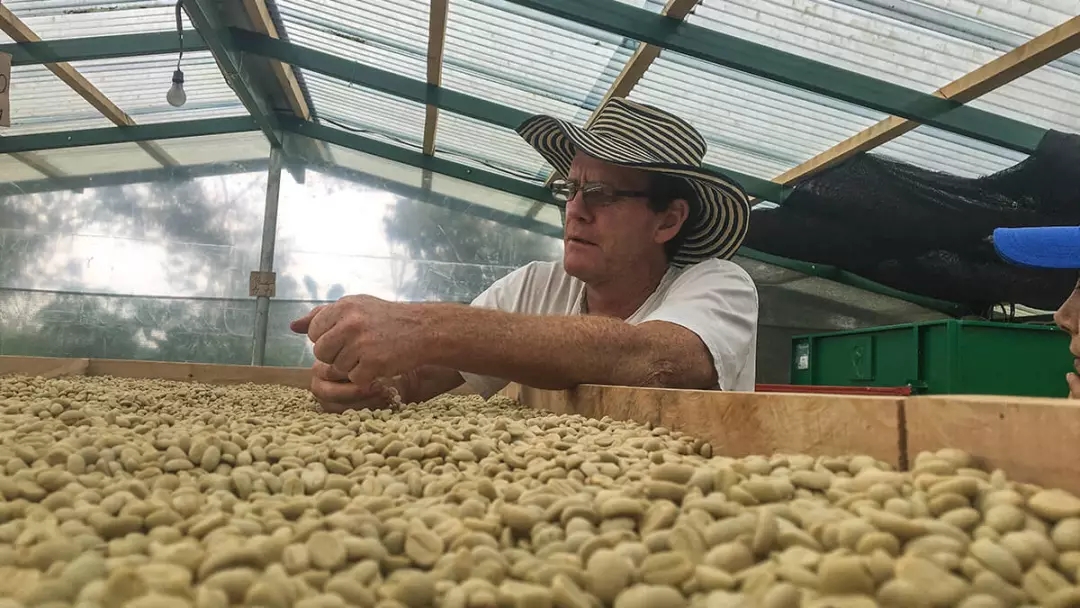
Ecuadorians do not believe that good coffee must grow at high altitude. they grow coffee not only along the ridge bones of the Andes, but also in coastal areas, low-lying Amazon basins and even the Galapagos Islands. As roasters across the United States are looking for sustainable, small coffee plantations, they are increasingly turning to Ecuador, where it is not uncommon for names like Loja, Zaruma and Intag to appear in bean bags.
Important Notice :
前街咖啡 FrontStreet Coffee has moved to new addredd:
FrontStreet Coffee Address: 315,Donghua East Road,GuangZhou
Tel:020 38364473
- Prev
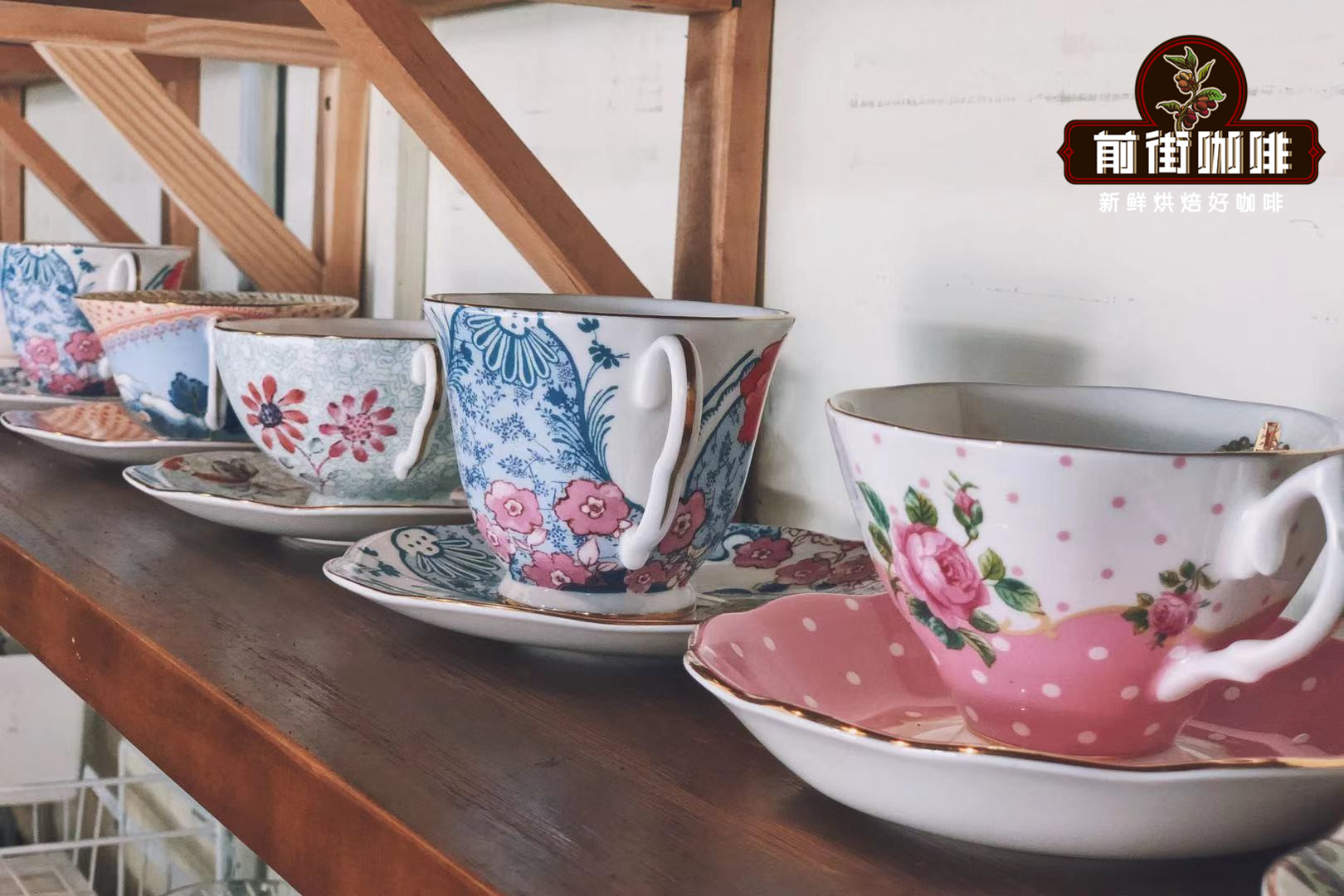
The taste of cat poop coffee Why popular Authentic cat poop coffee beans Taste Flavor Characteristics Story
Professional coffee knowledge exchange More coffee bean information Please pay attention to coffee workshop (Weixin Official Accounts cafe_style) Cat poop smells bad, cat poop coffee is surprisingly fragrant! Kopi Luwak, known as one of the world's ten most expensive coffees, originates from an animal called the civet on the Indonesian island of Sumatra. Civets are wild omnivores, as locals like to call them
- Next

What is mocha Coffee? is mocha Coffee good? introduction to the production method of Mocha Coffee
For more information on coffee beans, please follow the coffee workshop (Wechat official account cafe_style) mocha coffee (also known as mocha or mocha), also known as Arabian quality coffee, Caf Mocha, meaning chocolate coffee) is a variety of Italian latte (Caf Latt). Like the classic Italian latte, it usually consists of three points.
Related
- Detailed explanation of Jadeite planting Land in Panamanian Jadeite Manor introduction to the grading system of Jadeite competitive bidding, Red bid, Green bid and Rose Summer
- Story of Coffee planting in Brenka region of Costa Rica Stonehenge Manor anaerobic heavy honey treatment of flavor mouth
- What's on the barrel of Blue Mountain Coffee beans?
- Can American coffee also pull flowers? How to use hot American style to pull out a good-looking pattern?
- Can you make a cold extract with coffee beans? What is the right proportion for cold-extracted coffee formula?
- Indonesian PWN Gold Mandrine Coffee Origin Features Flavor How to Chong? Mandolin coffee is American.
- A brief introduction to the flavor characteristics of Brazilian yellow bourbon coffee beans
- What is the effect of different water quality on the flavor of cold-extracted coffee? What kind of water is best for brewing coffee?
- Why do you think of Rose Summer whenever you mention Panamanian coffee?
- Introduction to the characteristics of authentic blue mountain coffee bean producing areas? What is the CIB Coffee Authority in Jamaica?

